Why 'living retro' is perfect for now
From Palm Springs to Paris, savvy home-owners are channelling mid-century retro in their own way. Vintage enthusiasts offer their tops tips.
The mid-century modern aesthetic certainly has staying power. It became a "thing" in the late-1990s, championed in the pages of that instant style bible, Wallpaper magazine. And nearly three decades on, it's still with us. But sourcing a piece of British-made G Plan furniture or a classic Eames chair has got harder and harder, as the pieces become ever-more collectible.
In the meantime, the mid-century modern look has evolved, as Andrew Weaving notes in his new book Retro Revival. "Living retro does not demand close adherence to any particular set of style rules," he writes. For him, it's more about dates: the 1950s to the 1970s to be precise. Home-owners who embrace that period can do so in their own way. "Living retro is a multi-faceted look that ranges from sophisticated glamour to pared-down chic, allowing its followers to cherry-pick their favourite pieces from the cream of 20th-Century design."
So instead of slavishly following strict design rules, Weaving thinks of it as an idiosyncratic style that's all about having the confidence to collect pieces that you really like, and then being clever about how you put them together. What makes them gel? "It could be their material, shape or colour," he tells BBC Culture – it's just about them complementing each other.
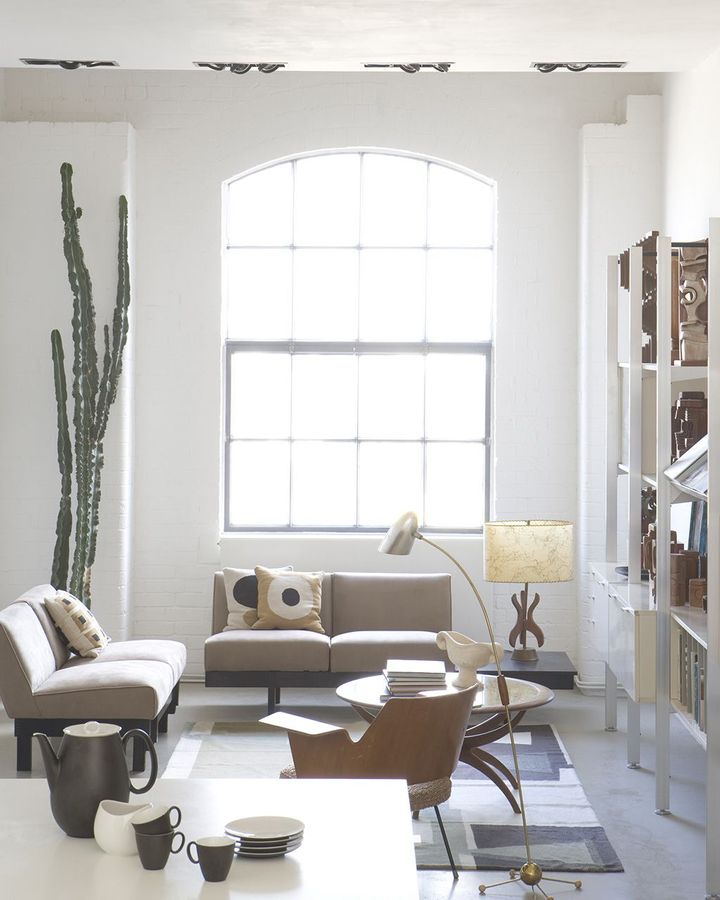
Andrew Weaving's light-filled interior blends mid-century modern pieces with more contemporary styles (Credit: Andrew Wood/ Ryland Peters & Small)
This explains why the den in Weaving's London home has a contemporary desk by the "godfather of minimalism" John Pawson. Sleek and with a simple construction, it's paired with Robin Day's 1950s Festival Hall chair. In fact, the whole loft space (in a former dog biscuit factory) is an eclectic mix of 20th-Century design "that is only united by its retro flavour".
So on the shelves of the Comprehensive Storage System (CSS), designed by George Nelson for Herman Miller in 1959, there are timber pieces by the London-based sculptor Brian Willsher, who died in 2010. And the dining table was designed by Jasper Morrison in the 1990s, while Weaving picked up the big mirror on the sideboard at a car boot sale in London's Whitechapel 30 years ago. "It was probably quite new when I bought it," says Weaving, but it worked for him as "it has the scale of an office reception area". The hand-painted silk wall-hanging by Tokyo-born artist Yumi Katayama in the kitchen was found on eBay. "You've got to traipse through it, it's still a good source for things," he says of the auction site.
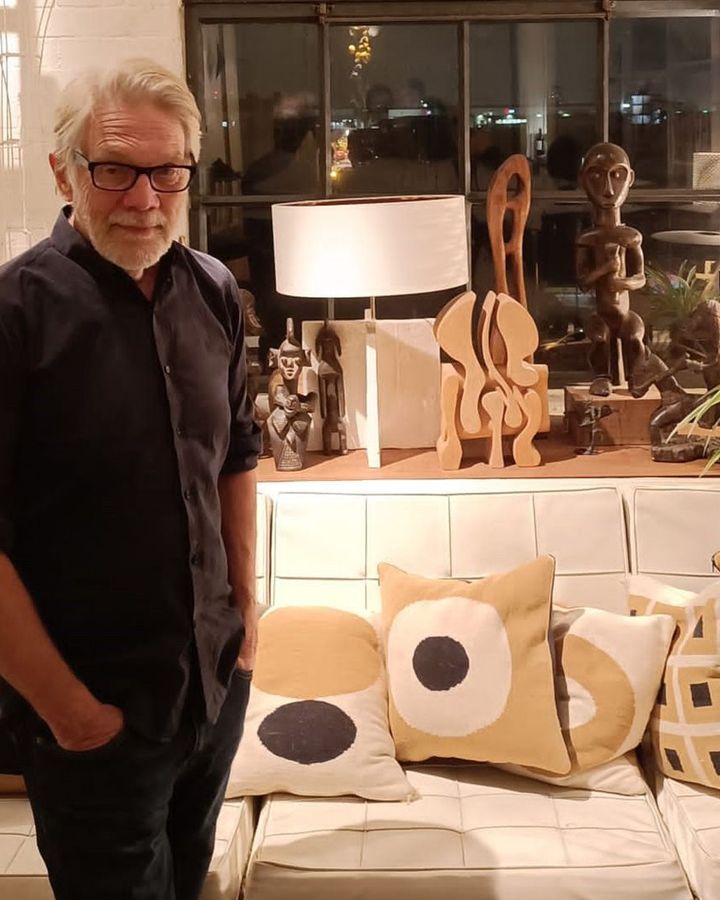
Author of Retro Revival, Andrew Weaving, in his London home (Credit: Andrew Wood/ Ryland Peters & Small)
This approach doesn't just work in a London loft. From Palm Springs to Paris, savvy home-owners are channelling mid-century retro in their own way. David Jimenez's house in Palm Springs, Florida, embraces the Hollywood Regency style – with a twist. A product of the Hollywood golden age of the 1920s-1950s, this style is an updated take on the interiors of the 19th-Century Regency era, with a generous dose of the ornate glamour of film sets thrown in.
In Retro Revival, Jimenez explains how he drew inspiration from "the chic homes in books by Slim Aarons and by the revival of Hollywood Regency by hip designers like Kelly Wearstler and Jonathan Adler". They in turn, were inspired by the celebrated English designer David Hicks as well as the leading lights of US interior design history such as Dorothy Draper, Billy Baldwin and Billy Haines.
"In my mind I had a very romantic idea of what Palm Springs was all about," Jimenez tells BBC Culture, "It was all very Rat Pack-esque, and I set out to create spaces that reflected a comfortable, retro sensibility without breaking the bank."
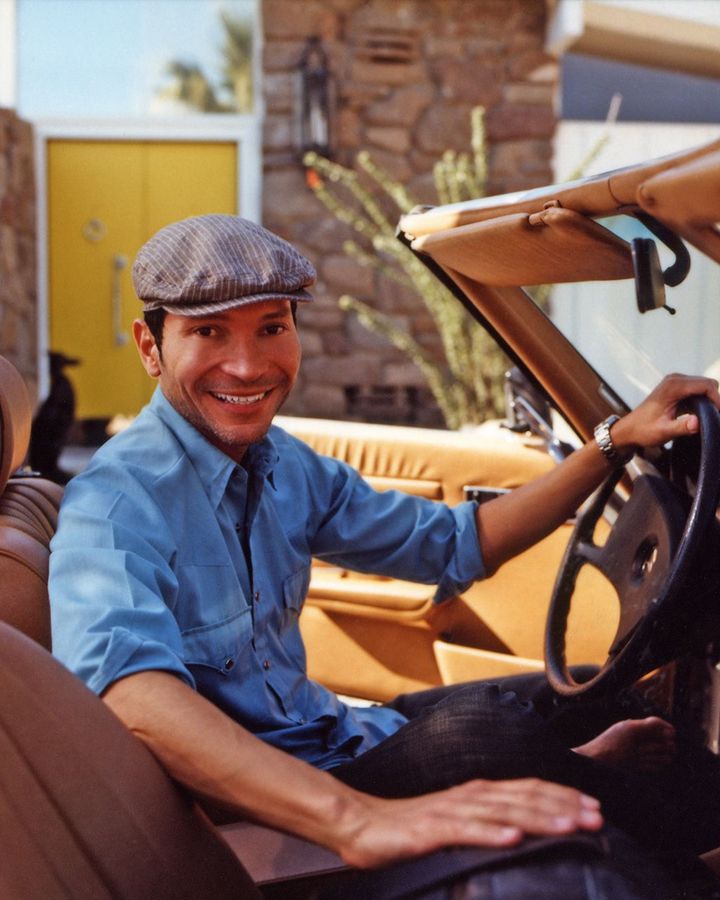
David Jiminez scours flea markets and antique stores in Palm Springs to source pieces for his home (Credit: David Jiminez)
Weaving points out that sometimes it's the proportions of items that make it right for a mid-century house. "Things like the size of tile and placement of appliances were well thought-out in the 1950s and 1960s, especially in the US." Beware of changing original cupboard doors, for example, as "the sizes will be wrong and that makes a difference".
Retro eclecticism
Meanwhile in Paris, stage- and set-designer Pascal Levy-Trumet has done a light-touch conversion to a former metal workshop. His aesthetic, his job and his foraging skills have led to a sort of retro eclecticism. In the living area, there are two white 1980s sofas by Antonio Citterio for Flexform, and a cluster of spherical glass lamps salvaged from a hair salon on the Champs-Elysées are suspended over the staircase. The anodised aluminium table and chairs would have graced a 1970s meeting room, and Levy-Trumet found the white, moulded plastic chair on a Paris street at 4am.
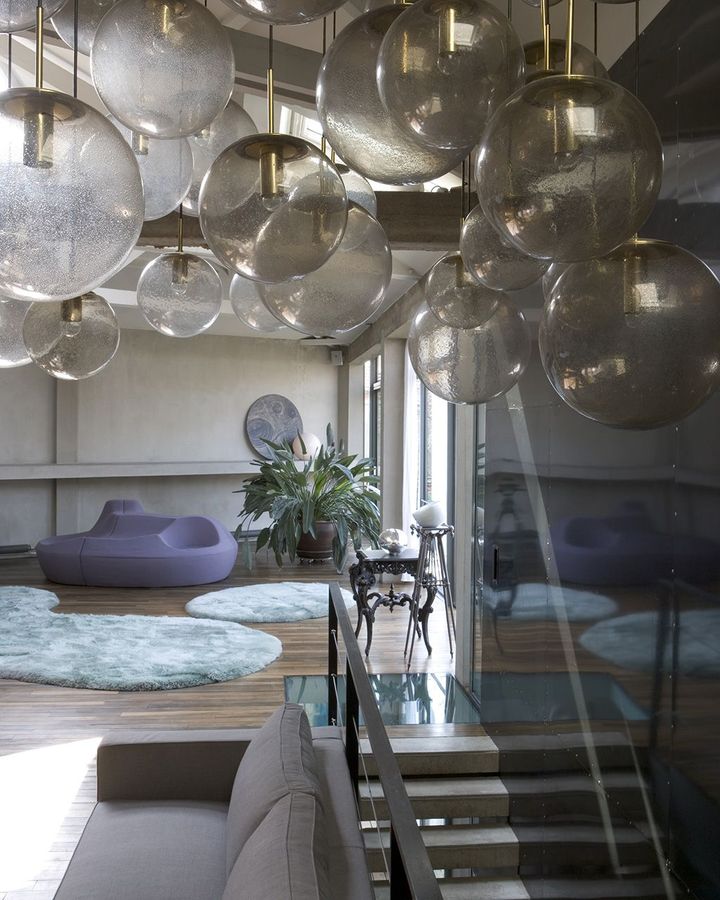
There is a 1970-80s feel about the interior of Pascal Levy-Trumet's Paris home (Credit: Andrew Wood/ Ryland Peters & Small)
With a bit of imagination, even the most contemporary piece can be given a vintage flavour. Why not take an Ikea sideboard and make it retro by adding hairpin legs? "That's an improvement on abusing an old teak sideboard by painting it to update it," Weaving says.
And of course, some standards of comfort and functionality have changed in the last half a century. If you're living somewhere full time, you might need a bed with a thicker mattress, for example. Mark Davis took this approach with his 1965 Palm Springs home. "The entire house was floored in white 18-inch tiles, which we covered with cork for warmth," he says in Retro Revival. This worked for him, as he was out "to create a home that might not be authentic in all the details but was a snapshot of how it could have looked when first built," Weaving writes.
That can be easier to pull off because so many manufacturers reissued their mid-century classics. From Sanderson's textiles, to Aram and B&B Italia, pieces may appear to be vintage but can be conveniently bought brand new.
But not all mid-century home-owners mix and match. Some, like Courtney and Joy Newman, are purists. As Weaving puts it in his book, perfectionists are those "who seek to recreate a specific moment in time in their home, and to put together an interior that is entirely faithful to the building that houses it, so the whole interior conjures up one love, one era, one moment in architectural and design history". The Newmans' 1969 house in Rancho Mirage near Palm Springs was untouched, and even had its original bathrooms – one orange and the other yellow.
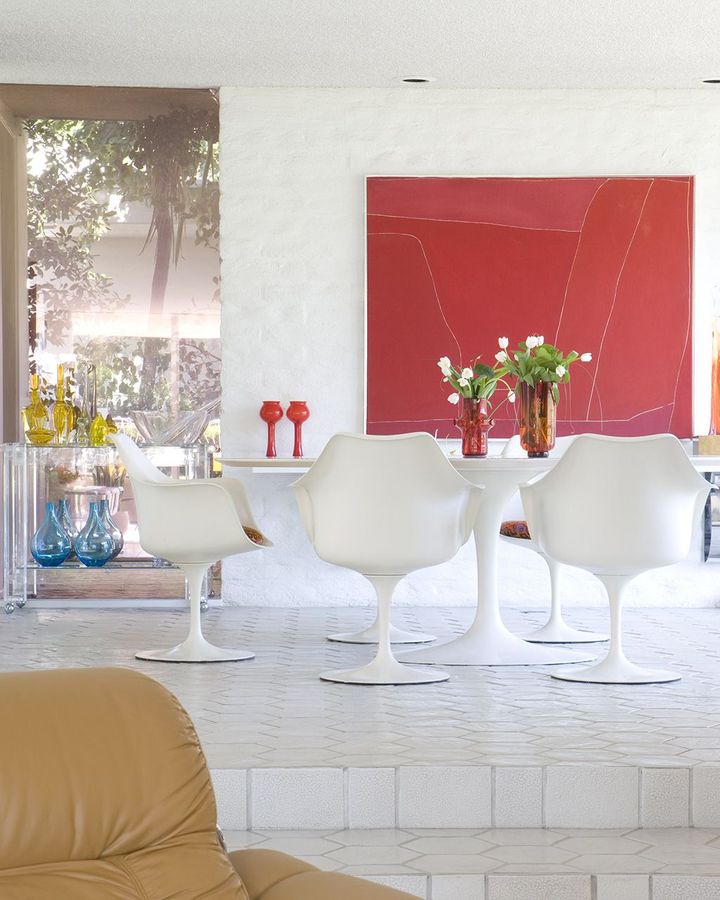
Smart second-hand finds can add character and elegance to an interior (Credit: Andrew Wood/ Ryland Peters & Small)
The couple had direct access to authentic pieces through Courtney's store, Modern Way, which specialises in high-end vintage by the likes of Vladimir Kagan, Milo Baughman, Thayer Coggin, Sergio Rodrigues and Pierre Cardin. They even went to the trouble and expense of sourcing vintage kitchen appliances.
Weaving warns that turning design detective is time-consuming and can add extra cost. "But whether you're going for the full-on period experience, or just want to capture a retro flavour, ultimately these efforts are worthwhile, as it's the amazing attention to detail that makes these homes work."
-bbc







